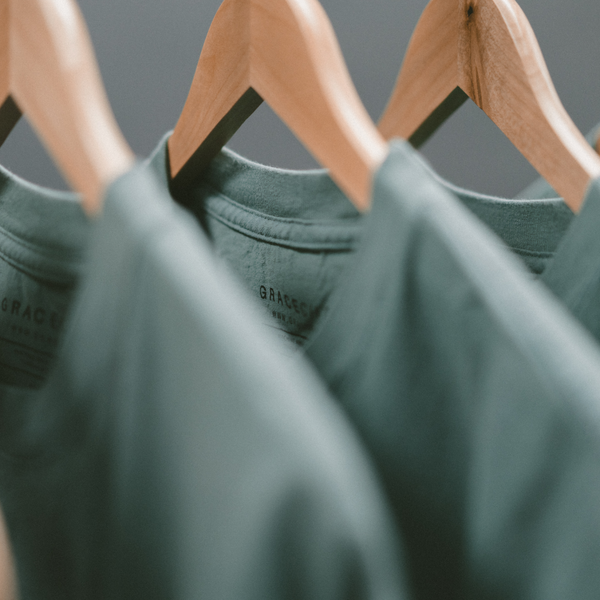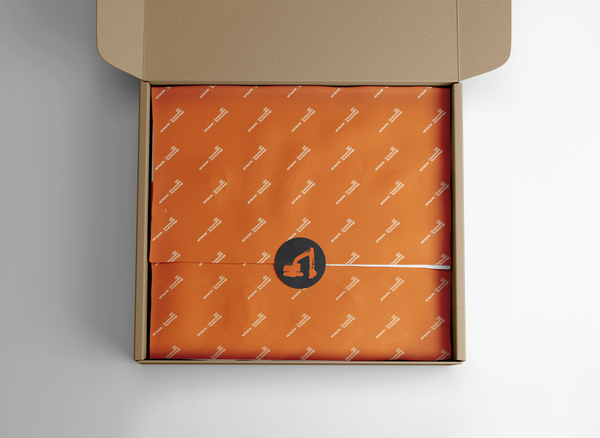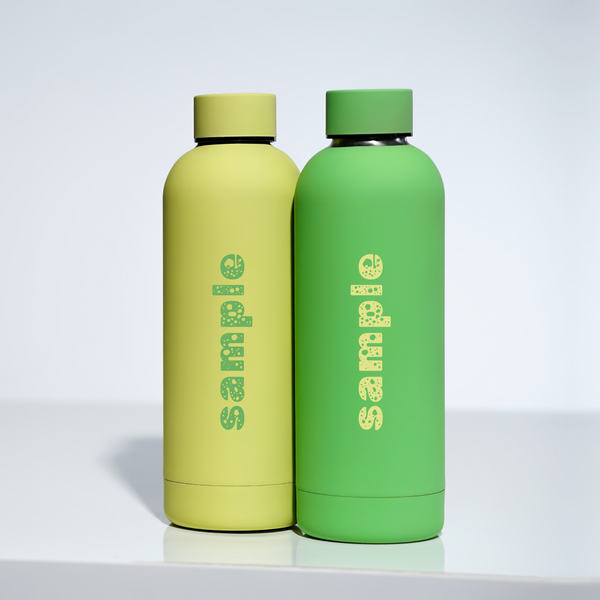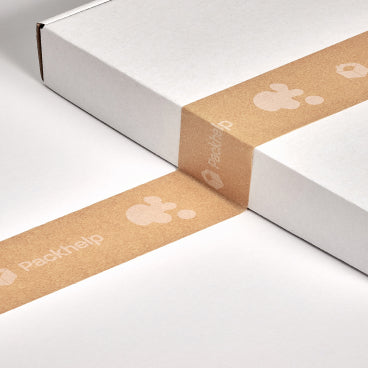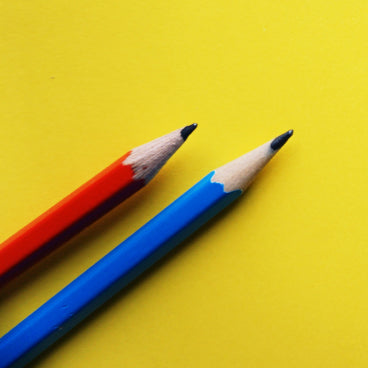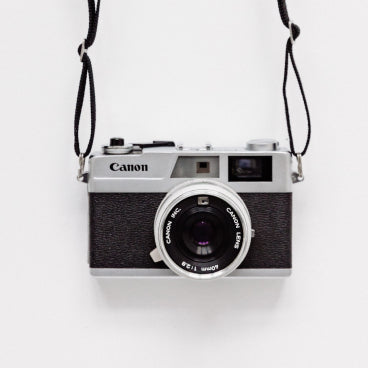Padel rackets come in a variety of materials, each designed to offer different playing characteristics. The choice of material affects the racket’s frame, core, and surface, ultimately influencing how the racket performs on the court. In this article, we’ll break down the differences between three of the most popular materials used in padel rackets: Kevlar, carbon fibre, and fibreglass. We’ll also discuss how each material impacts you’re playing style.
Padel Racket Frame, Core, and Surface
To better understand how materials affect performance, it's helpful to break down the three main components of a padel racket: the frame, core, and surface.
Frame
The frame is the entire structure of the racket, extending from the head to the throat and handle. It provides stability and power, and the material used in the frame affects the racket’s strength, weight, and flexibility. Most frames are made from carbon fibre, fibreglass, or Kevlar.
Core
The core lies at the heart of the racket and can be made from materials such as EVA foam or polyethylene foam. The thickness of the core is generally 39mm, and it can consist of multiple layers (1 to 5 layers), which influence the racket's control and comfort.
Surface
The surface of the racket is crucial for how the ball interacts with the strings. It is typically made of multiple layers, including carbon fibre, fibreglass, or Kevlar. The surface material affects the racket’s response and the spin you can generate.

Kevlar: Strength and Durability for Power Players
Kevlar, also known as Aramid fibre, is a strong and lightweight material commonly used in high-end professional padel rackets. Its main appeal lies in its exceptional strength and durability, making it ideal for players seeking a racket that can withstand heavy use.
Kevlar is most often used in the frame of the racket for its strength and resistance to impact. It provides a solid feel and is typically found in top-tier rackets. Kevlar frames are incredibly durable, but they tend to be expensive, limiting their accessibility to professional players or those with high budgets.
While Kevlar is rarely used for the surface of the racket, a mix of Kevlar and carbon fibre is often utilised. This combination helps strike a balance between performance and durability. The surface made from a Kevlar-carbon fibre mix provides good power while maintaining a sleek appearance. However, due to Kevlar's lack of elasticity, it may not provide the best performance for defensive shots, as the ball doesn't bounce off the racket with as much force.

Carbon Fibre: Lightweight, Strong, and Powerful
Carbon fibre is perhaps the most popular material used in modern padel rackets. It offers an outstanding balance of lightness, strength, and stiffness, making it a great choice for both beginner and professional players.
Carbon fibre is used in the frame of the racket for its lightweight and strong properties. It allows for greater manoeuvrability and control on the court. Padel rackets with carbon fibre frames are generally more resistant to wear and tear, offering better longevity compared to fibreglass frames. Carbon fibre’s high tensile strength (around 7 to 9 times that of steel) contributes to its durability and performance.
Carbon fibres rigid nature helps provide precision and control. This makes it a preferred choice for players who prioritise accuracy and control over raw power. However, it’s worth noting that carbon fibre rackets can transmit more vibrations to the arm, which might affect comfort during extended play.
Carbon fibre comes in various grades, such as 1K, 3K, 6K, and 12K. Higher numbers indicate stronger fibres, leading to stiffer surfaces and more power, while lower grades provide more flexibility and comfort. Some premium rackets use carbon fibre with additional reinforcements, such as aluminium, for extra durability and power.

Fibreglass: Flexibility and Comfort for Beginners
Fibreglass, made from finely spun glass fibres, is a more affordable and flexible material compared to carbon fibres. While it may not offer the same level of power or durability, it provides other advantages, particularly for beginner and intermediate players.
Fibreglass frames are often found in entry-level or mid-range rackets. They are heavier than carbon fibres frames but are also more affordable. Fibreglass offers a bit more flexibility, which allows the ball to rebound more quickly off the surface, making it ideal for players who need more time to react or prefer a softer feel.
Fibreglass tends to be more elastic than carbon fibre, providing a more forgiving experience when playing. It is especially suitable for those who want comfort and ease in their strokes, as the material offers a larger sweet spot and better ball response on off-centre hits.
The surface of a fibreglass racket is generally softer, helping to absorb more shock and reduce vibrations. This makes it a good choice for players with arm sensitivity or those new to padel, as it can offer a more comfortable playing experience.

Which Material is Right for You?
The best padel racket material for you will depend on your playing style, skill level, and budget. Here's a quick summary of how each material impacts your game:
Kevlar
Best for advanced players who prioritise durability and power. While expensive, it provides excellent control and resistance to wear and tear. Ideal for players who focus on attacking and need a racket that can withstand heavy shots.
Carbon Fibre
Offers the best balance of strength, lightness, and precision. Suitable for intermediate to advanced players who want a racket with good control and power. Carbon fibre is also lightweight, making it easy to manoeuvre for quick reaction shots.
Fiberglass
A great option for beginners or recreational players. Fibreglass rackets are more flexible, offering comfort and better ball response. They are also more affordable, making them a solid choice for those starting out in padel.
Looking to create your perfect padel racket? Our customisation page allows you to tailor every detail to your exact preferences, from the material to the design. Whether you prioritise power, control, or comfort, we’ve got you covered. Head over to our customisation form now and start designing the racket that suits your playing style. If you need any help or have questions along the way, feel free to get in touch with us – we’re here to help you!
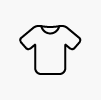 T-Shirts
T-Shirts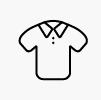 Polo Shirts
Polo Shirts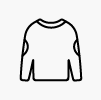 Sweatshirts
Sweatshirts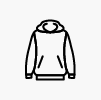 Hoodies
Hoodies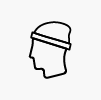 Headwear
Headwear Eyewear
Eyewear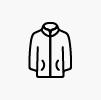 Fleeces
Fleeces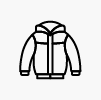 Jackets & Gilets
Jackets & Gilets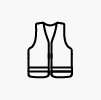 Hi-Vis
Hi-Vis Socks
Socks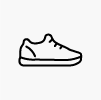 Footwear
Footwear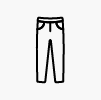 Shorts & Trousers
Shorts & Trousers Backpacks
Backpacks Tote Bags
Tote Bags Gift Bags
Gift Bags Laptop Bags
Laptop Bags Sports Bags
Sports Bags Travel Bags
Travel Bags Insulated Bottles
Insulated Bottles Keepcups & Tumblers
Keepcups & Tumblers Mugs
Mugs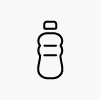 Sports & Water Bottles
Sports & Water Bottles Drinkware Accessories
Drinkware Accessories Sustainable Drinkware
Sustainable Drinkware Pens & Pencils
Pens & Pencils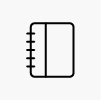 Notebooks
Notebooks Sports Promo
Sports Promo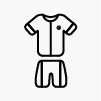 Sports Equipment
Sports Equipment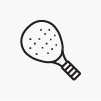 Custom Padel Rackets
Custom Padel Rackets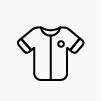 Custom Football Kits
Custom Football Kits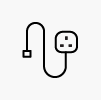 Chargers
Chargers Phone Holders
Phone Holders Powerbanks
Powerbanks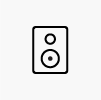 Speakers
Speakers Wireless Tech
Wireless Tech Umbrellas
Umbrellas Events
Events Retail
Retail Promotional Campaigns
Promotional Campaigns Uniform & Workwear
Uniform & Workwear Health & Travel
Health & Travel